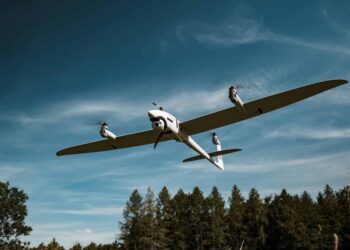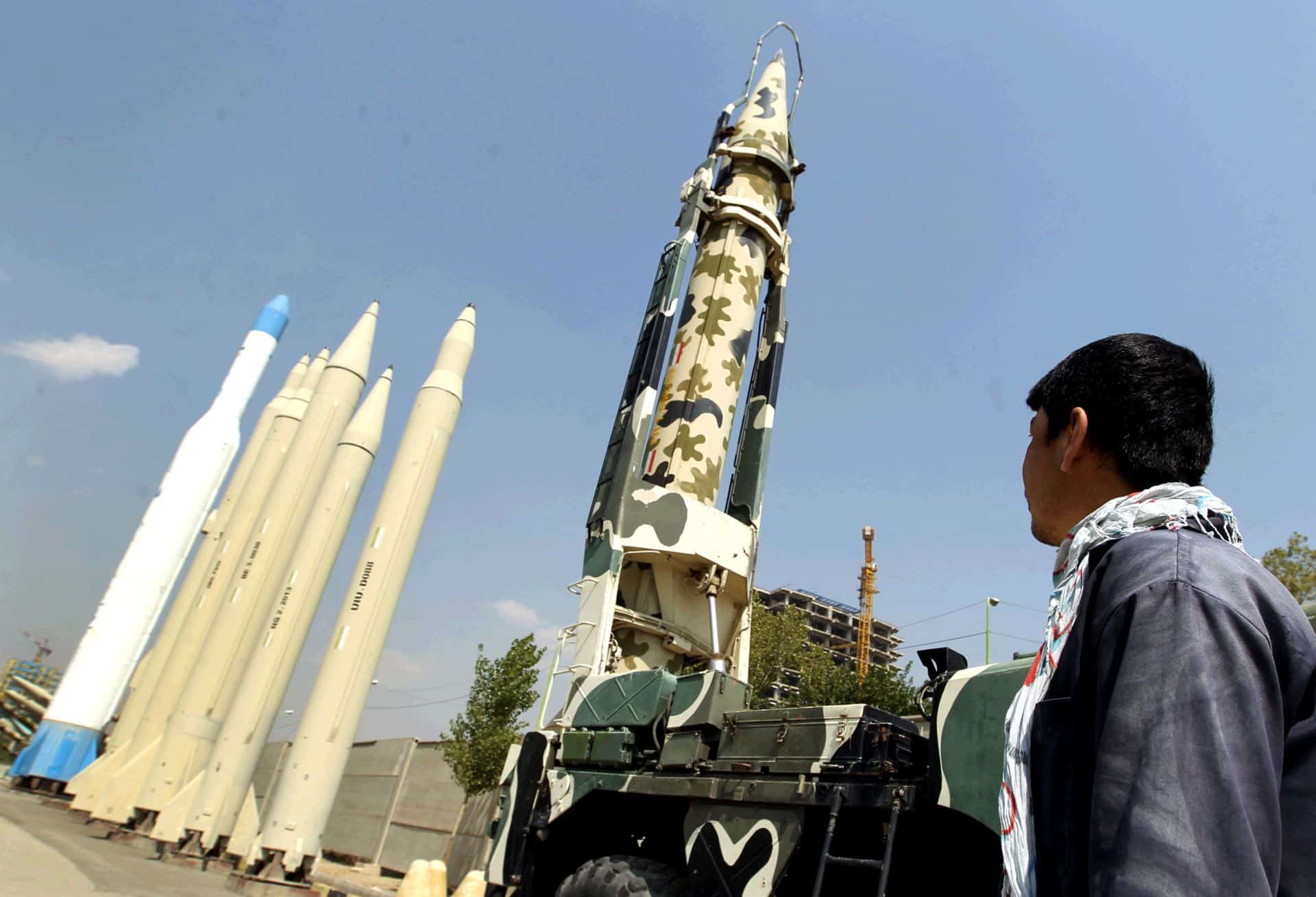Northrop Grumman, RESTON: Northrop Grumman Corporation has been selected by the U.S. Air Force Electronic Systems Center to develop and integrate an airborne communications relay and information server that will provide warfighters with critical battle information.
Battlefield Airborne Communications Node (BACN) will provide a bridge for linking communications among legacy radios and intelligence, surveillance and reconnaissance systems for U.S. Department of Defense networks.
“BACN's ability to translate and share data from all battlefield communications channels using Internet protocols will resolve interoperability problems, provide warfighters with a predictive battle-space-awareness capability and give commanders greater flexibility and faster response time in executing the theater air plan,” said Barry Rhine, vice president and general manager of Northrop Grumman Mission Systems sector's Defense Mission Systems business unit.
The Northrop Grumman team won the $25.7 million, 17-month contract by integrating the technology and experience of four Northrop Grumman sectors — Mission Systems, Space Technology, Integrated Systems and Information Technology — and its government and industry partners. The win leverages Northrop Grumman's leadership in network-centric operations and will provide low-risk technology insertion of the Common Link Integration Processing (CLIP) and JTRS capabilities.
The Defense Microelectronics Activity awarded the contract under its Advanced Technology Support Program. The program is designed to give the government access to a broad range of technologies, capabilities and expertise it can rapidly apply to improve the operational readiness of fielded Defense Department systems.
The Northrop Grumman team will develop an aerospace-networking payload composed of Internet protocol-based radios, Gateway Manager, software-defined radios and Advanced Information Architecture (AIA(TM)), which will be managed by an airborne executive processor. Northrop Grumman developed the Gateway Manager and AIA.
During the demonstration the payload will be carried aboard a NASA WB-57 aircraft, which was selected because of its unique high-altitude flight capabilities. The experiment will assess the ability to adapt BACN capabilities to unmanned air vehicles, including Northrop Grumman's Global Hawk.
The Northrop Grumman team will demonstrate BACN's capabilities during Joint Expeditionary Force Experiment '06 (JEFX) in the spring of 2006.
“The BACN demonstration during JEFX '06 will showcase the ability to provide an Internet protocol-based airborne network infrastructure,” said Mike Twyman, vice president of the Mission Systems sector's Communication and Information Systems business unit. “BACN will provide digital and voice communications relay and information services to systems connected to the airborne network, and will close capability gaps in theater air planning and dynamic execution, use of Internet protocol for tactical networking, fusion of information for predictive battlespace awareness and interoperability with homeland security and homeland defense organizations.”
The Northrop Grumman team includes the NASA Johnson Space Center, Houston, Texas; Raytheon Solipsys, Laurel, Md.; L3 Communications, Salt Lake City; Vanu Inc., Cambridge, Mass.; Rockwell Collins, Cedar Rapids, Iowa; and ViaSat Inc., Carlsbad, Calif.
Integration will be performed at Northrop Grumman Mission Systems' facility in San Diego, Calif.
Northrop Grumman Mission Systems, based in Reston, Va., is a global integrator of complex, mission-enabling systems and services for defense, intelligence and civil government markets. The sector's technology leadership and expertise spans areas such as strategic systems, including ICBMs; missile defense; intelligence, surveillance, and reconnaissance; command and control; technical services and training.
Germany says adding explosive drones to weapons arsenal
Germany said Friday it would buy explosive drones for the first time as Berlin boosts investments in its armed forces...









